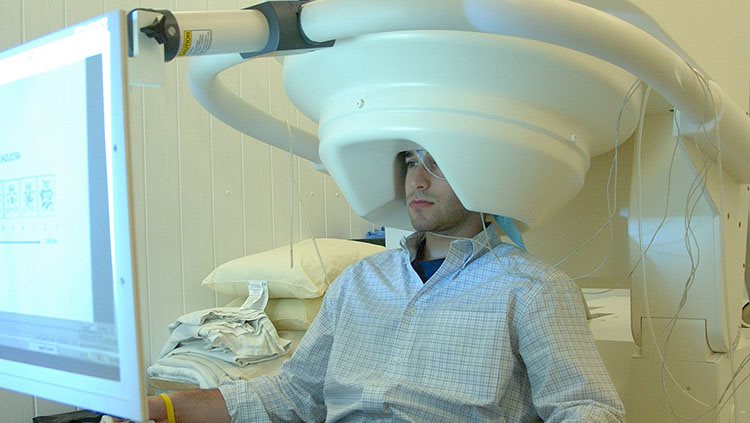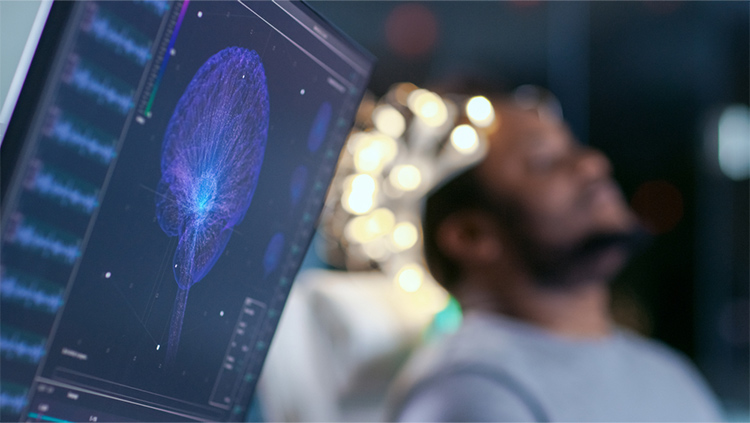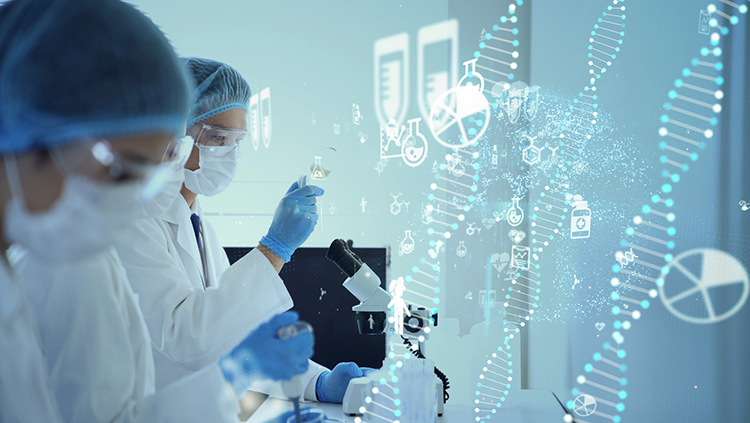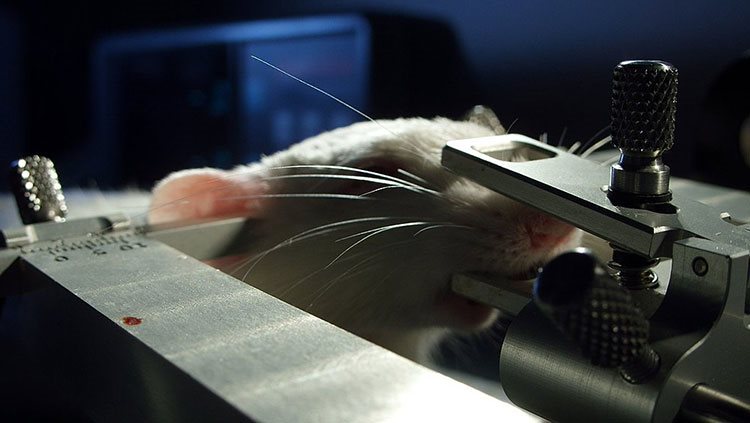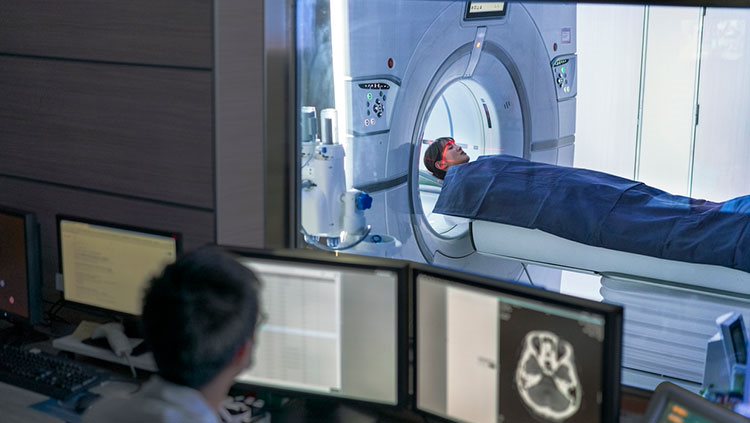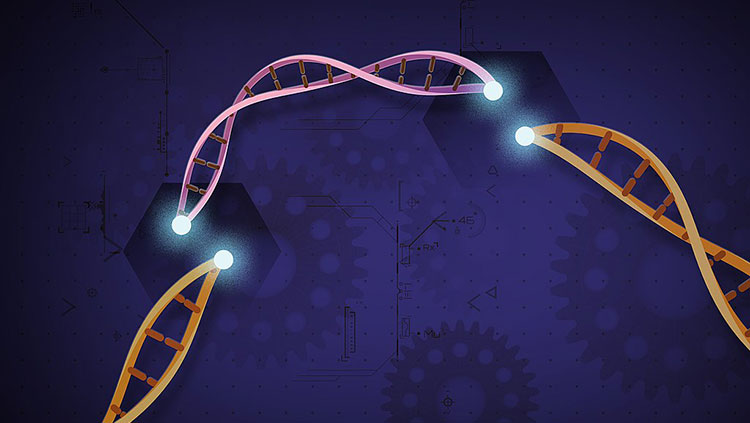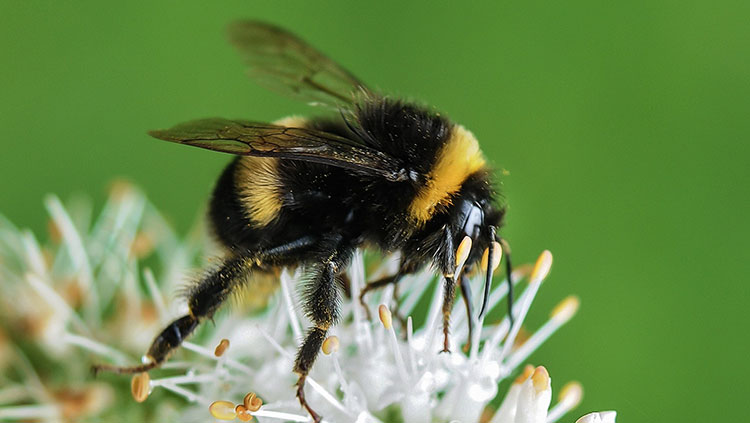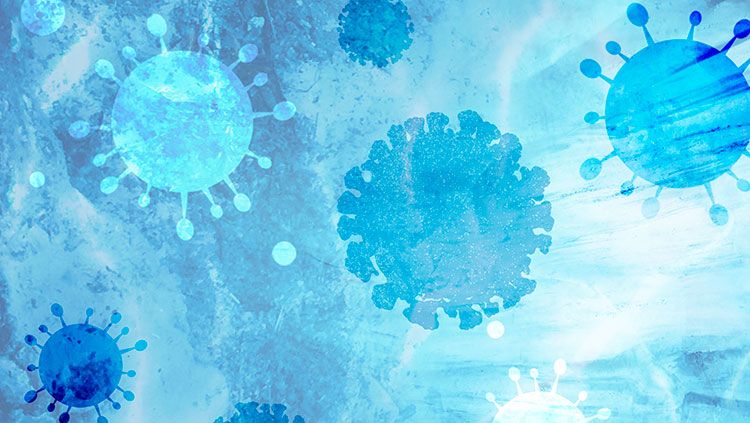Filter
-
(1)
-
(1)
-
-
(1)
-
(1)
-
-
(16)
-
(1)
-
(1)
-
(1)
-
-
(3)
-
(2)
-
(1)
-
-
(2)
-
(1)
-
(1)
-
-
(27)
-
(9)
-
(11)
-
(12)
-
(10)
-
-
(1)
-
(1)
-
-
(4)
-
(4)
-
(1)
-
-
(7)
-
(7)
-
-
(3)
-
(5)
-
(1)
-
(1)
-
(1)
-
(1)
-
(1)
-
-
(47)
-
(25)
-
(1)
-
(1)
-
(2)
-
(1)
-
(2)
-
(16)
-
(4)
-
(8)
-
-
(13)
-
(6)
-
(4)
-
(2)
-
(2)
-
-
(6)
-
(2)
-
(2)
-
(1)
-
(1)
-
-
(2)
-
(1)
-
(1)
-
-
(16)
-
(7)
-
(2)
-
(9)
-
-
(1)
-
(1)
-
-
(2)
-
(2)
-
-
(4)
-
(4)
-
-
(2)
-
(5)
-
(4)
-
(1)
-
-
(4)
-
(2)
-
(2)
-
(1)
-
(1)
-
(1)
-
-
(2)
-
(1)
-
(1)
-
(1)
-
-
(20)
-
(6)
-
(9)
-
(8)
-
(4)
-
(1)
-
-
(3)
-
(1)
-
-
(3)
-
(1)
-
(1)
-
(3)
-
(1)
-
(1)
-
(1)
-
(1)
-
(1)
-
(1)
-
-
(3)
-
(1)
-
(1)
-
(2)
-
-
(49)
-
(2)
-
(10)
-
(7)
-
(15)
-
(12)
-
(1)
-
(1)
-
(4)
-
(1)
-
(5)
-
(2)
-
(4)
-
(5)
-
(1)
-
-
(6)
-
(1)
-
(1)
-
(1)
-
(1)
-
(1)
-
(1)
-
(1)
-
-
(51)
-
(1)
-
(3)
-
(2)
-
(9)
-
(1)
-
(5)
-
(1)
-
(20)
-
(8)
-
(7)
-
(1)
-
(10)
-
(2)
-
(1)
-
(2)
-
(1)
-
(1)
-
(1)
-
(1)
-
(9)
-
(5)
-
(1)
-
(9)
-
(6)
-
(58)
31 - 40 of 74 results
-
Human neuroscience research tends to center around noninvasive imaging tools for studying brain function.
-
And other neuroscience news you may have missed in August 2023.
-
And other neuroscience news you may have missed in March 2023.
-
Since our brains communicate with molecular and chemical signals, researchers can employ tools to study their biochemical communication patterns.
-
Certain tools and techniques help us better visualize and understand the array of cells and structures that make up our brains.
-
Genetic tools enable scientists to manipulate genes and other genetic features to better understand how the brain works and treat it in cases of dysfunction or disease.
-
And other neuroscience news for the week of March 9, 2020.
-
And other neuroscience news for the week of September 28, 2020.
-
And other neuroscience news for the week of June 29, 2020.
-
Several timekeeping brain regions work together to create our perception of time.


